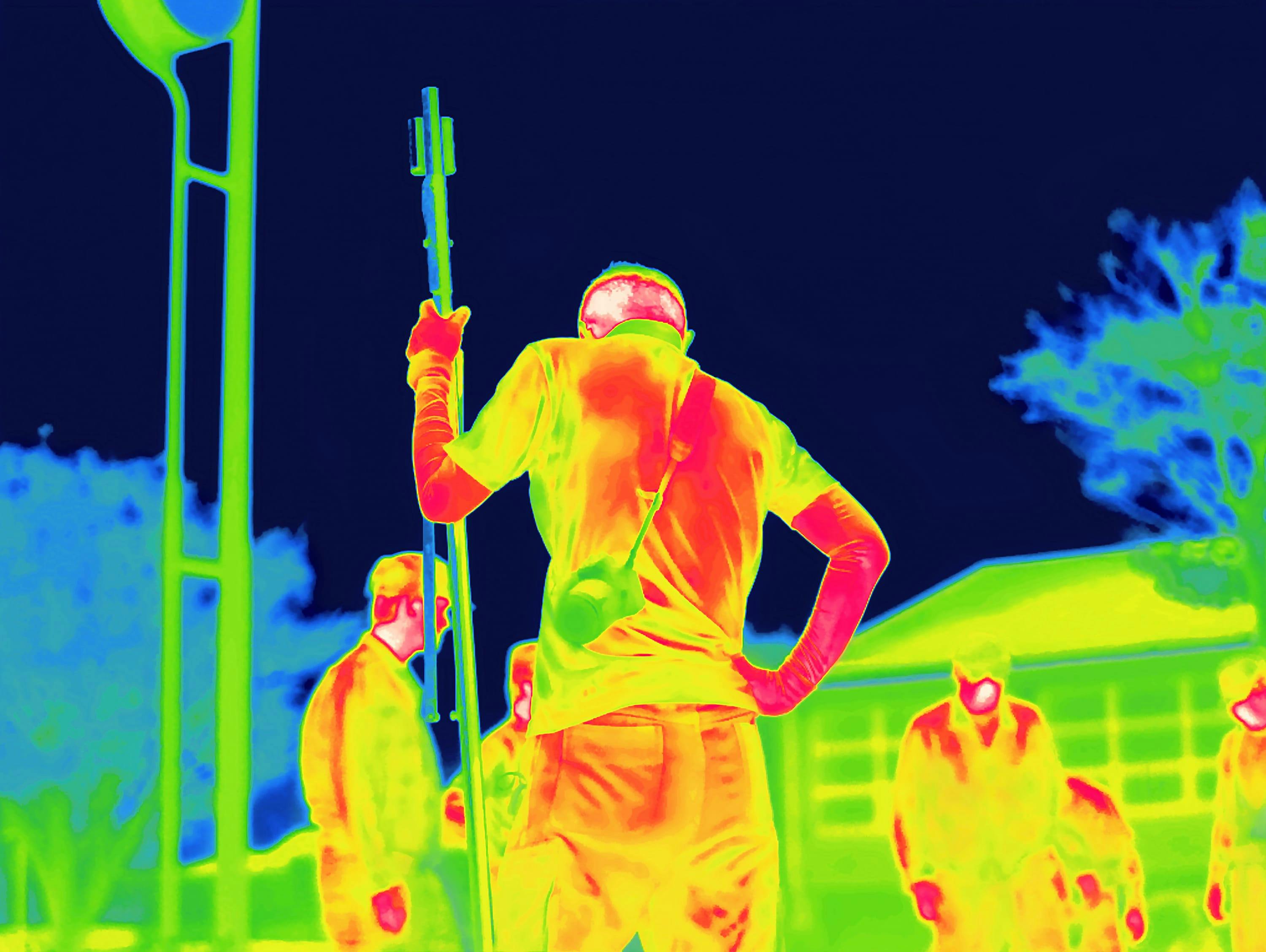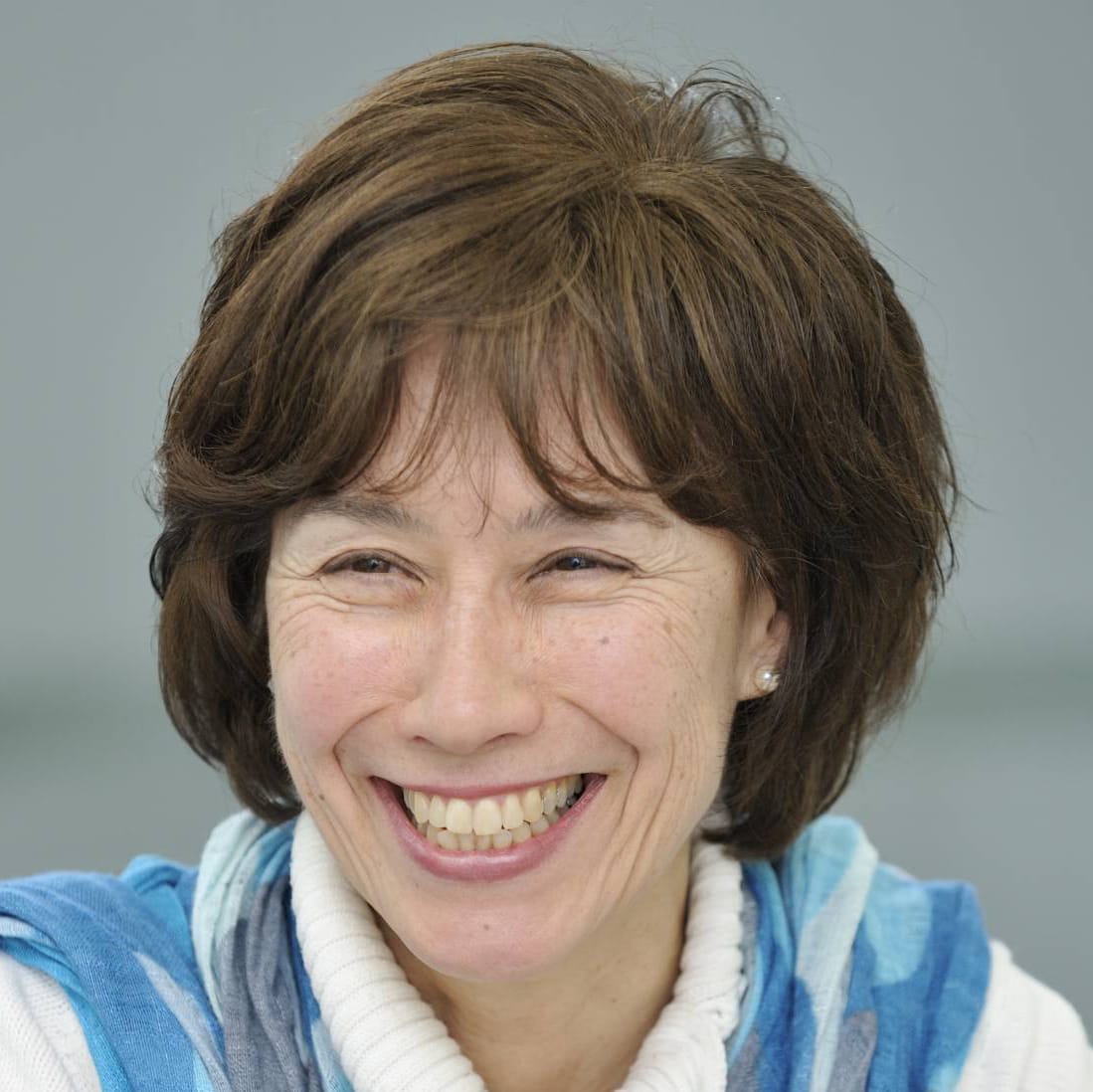Radiation is perhaps the most iconic of the invisible pollutants. For those of us who can see, vision is one of our most prominent senses. We depend on it so much that when something is not visible, we consider it non-existent. Giles Price addresses this potently in his “Restricted Residence” series. He reminds us that radiation is real. It can be seen. Price’s photograph calls upon us to treat it as real. It also prompts us to think about where we might be exposed to the most radiation if we were to live in an environment contaminated by a nuclear power plant accident. Of course, everyone in Fukushima is aware of all of this—it permeates their daily lives. As one evacuee, Mizue Kanno, points out, the rest of us are all living “March 10th.” In other words, the rest of us are all living in a pre-Fukushima, pre-March 11th world; but as such, we too could enter the world of Fukushima at any moment. Price’s photograph calls on us to address that potential reality in a visceral way, through our sense of vision. He makes it palpable to us. His photograph says: this is what we would have to face if we ourselves were victims of a nuclear disaster: radiation.
For three years during the early 1970s, I photographed the severe effects of mercury pollution in Minamata, Japan, with my photojournalist husband, W. Eugene Smith. I realised then that awareness and insight about pollution issues come from listening to those who are living the reality of the situation—otherwise we are only believing in our preconceptions.
I have interviewed many people who experienced the Three Mile Island accident of 1979. I’ve also interviewed some Fukushima residents. All the interviews are about what people experienced with their five senses when the accident occurred. What people at Three Mile Island and Fukushima recount overlaps. They smelled and tasted metal. Some saw a fine powder fall on cars and/or on the ground—even a dirty, cocktail-like, layered smog cloud over the plant (in the case of Three Mile Island). Some experienced a tingling sensation and/or feeling hot. But most had not talked about it until asked. Until they were able to give voice to their experiences, until they were heard by someone else, it was difficult for them to make it undeniably real. It’s like the proverbial tree that falls in the forest—did it make a sound if there were no creatures to hear it fall?
That’s why works like “Restricted Residence” are important. We experience with our five senses (in this case, we see the photograph) and then share it (as we read or write about it, now). Art is expression, expression is a communal experience, and communal experience gently, but clearly, leads us to shared awareness.

